Latest Tutorials
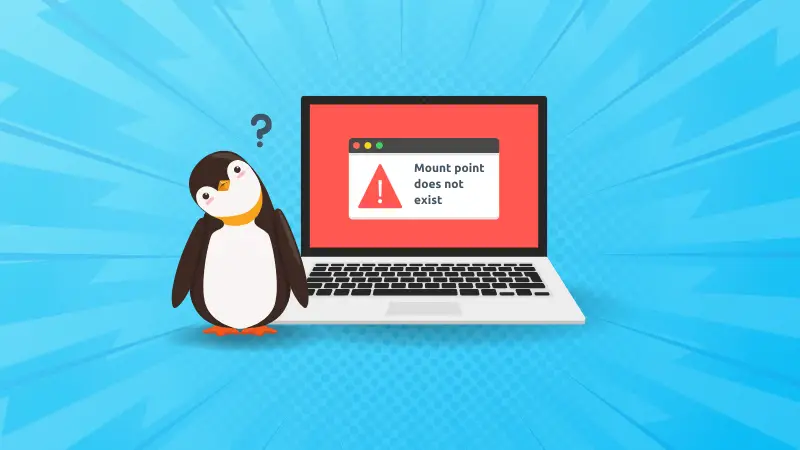
Fixing Mount Point Does Not Exist Error in Linux
Learn how to troubleshoot and fix the 'mount point does not exist' error in Linux with our step-by-step guide.
· Sagar Sharma
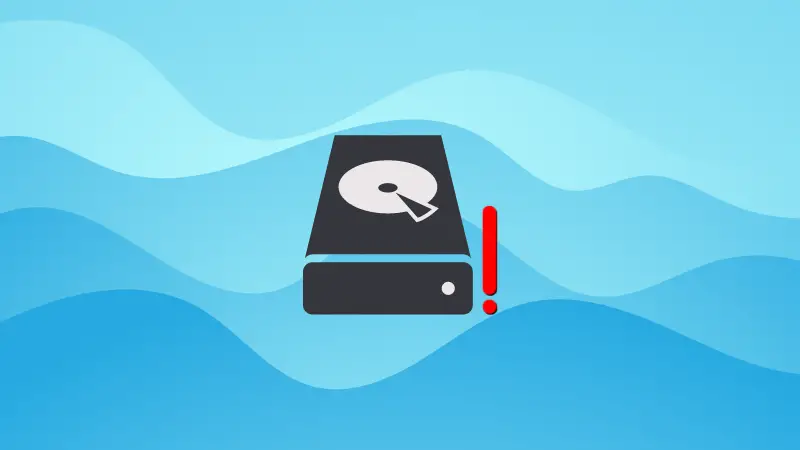
Fixing 'Umount Target is Busy' Error in Linux
A not-so-uncommon error while using umount command is 'target is busy'. Learn what you can do to get rid of this error.
· Sagar Sharma

How to Replace Environment Variables Using the envsubst Command
Learn how to replace environment variables using the envsubst command. This guide will show you how with examples and tips.
· Sagar Sharma

Everything You Need to Know About UFW Logs
Learn all about UFW logs and how to use them effectively. This comprehensive guide covers everything you need to know about UFW logs.
· Sagar Sharma

Using XXD Command in Linux
Discover how to use the XXD command in Linux with practical examples. This comprehensive guide will help you understand the features and functionality of XXD.
· Sagar Sharma

Ping Sweep Using nmap on Linux
See what devices are active on your subnetwork using peng sweep with nmap command in Linux.
· Sagar Sharma

Create a Web Server with NGINX and Secure it Using Certbot
Certbot makes the SSL certificate deployment and renewal such an effortless process. Learn how to use certbot with Ngnix.
· Sagar Sharma

How to Use the gzip Command in Linux
gzip is one of the most useful but often overlooked utilities. Learn to use this handy tool.
· Sagar Sharma
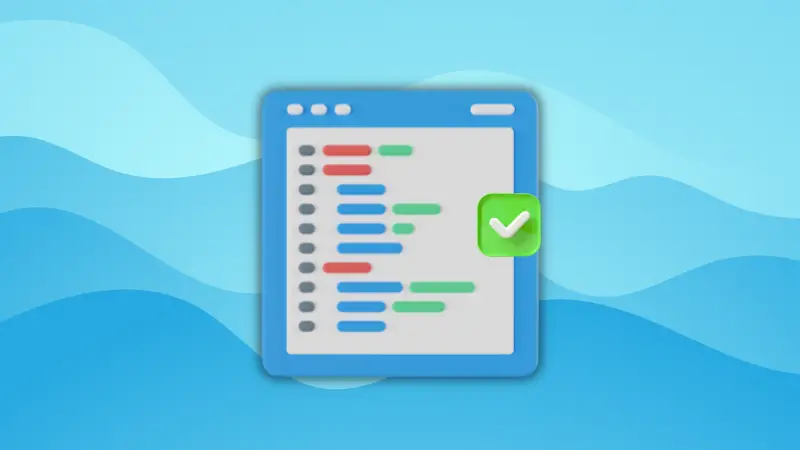
Enable Syntax Highlighting in Zsh
Improve your Zsh experience by enabling syntax highlighting. Here's how to do that.
· Sagar Sharma

Configure and Use Aliases in Zsh
Turbo charge your Zsh experience by using aliases for commonly used command combinations.
· Sagar Sharma

Install Oh My Zsh and Supercharge Your Zsh Experience
Enahnce your Zsh experience with the awesome Oh My Zsh framework.
· Sagar Sharma
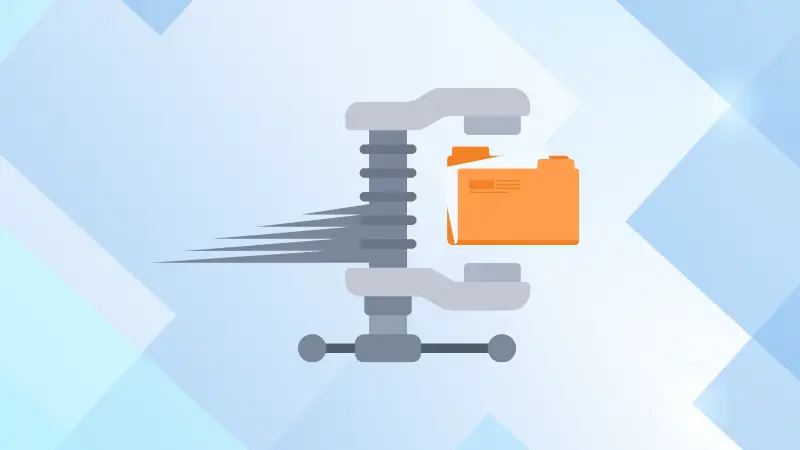
Compress Files Faster Using Pigz on Linux
Pigz is a faster compression tool. Learn how to use it for generating .gz compressed file faster in Linux.
· Sagar Sharma
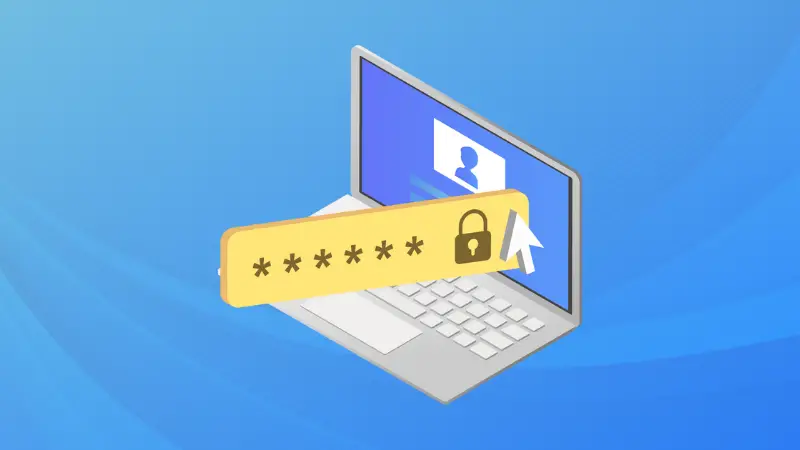
Use the Chage Command in Linux
Learn to use the chage command and manage user account passwords in a more controlled manner.
· Sagar Sharma

Use Rocky Linux ISO as a Local Repository
In DIY mood? See how I experimented to use the Rocky Linux ISO as a local repository.
· Sagar Sharma
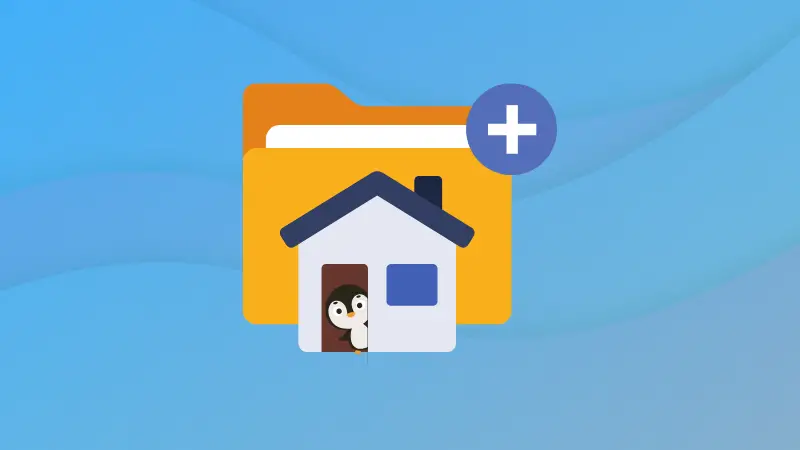
Create Home Directory for Existing Users in Linux
Created a user but without the home directory? Worry not. You can add home directory for existing users too. Here's how to do that.
· Sagar Sharma

What are /dev/random and /dev/urandom in Linux?
Both /dev/random and /dev/urandom are used for generating random numbers in Linux. Learn more about them.
· Sagar Sharma

nmap Command Examples in Linux
The nmap command can be used for finding devices on your network, open ports and more. Here are some common uses of nmap.
· Sagar Sharma

pgrep Command Examples
Want to look for a process and its details? The pgrep command helps you with that. Here's how to use it.
· Sagar Sharma
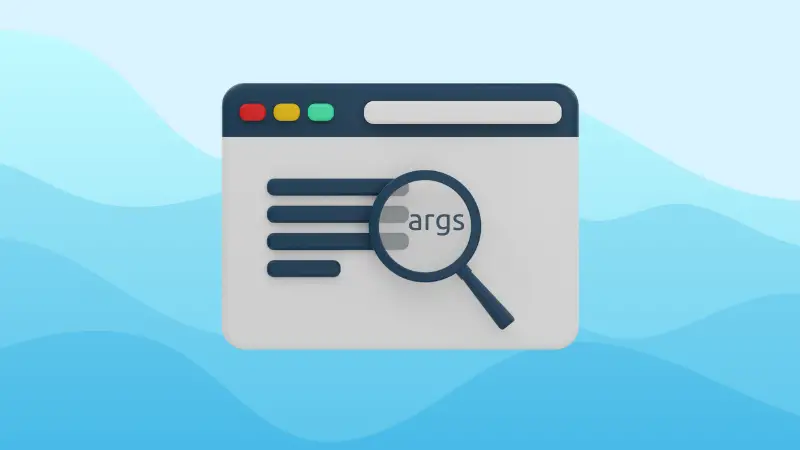
Check the Number of Arguments in Bash
Working on a bash script that accepts arguments and you need to count them? Here's how to check the number of arguments supplied to your script.
· Sagar Sharma
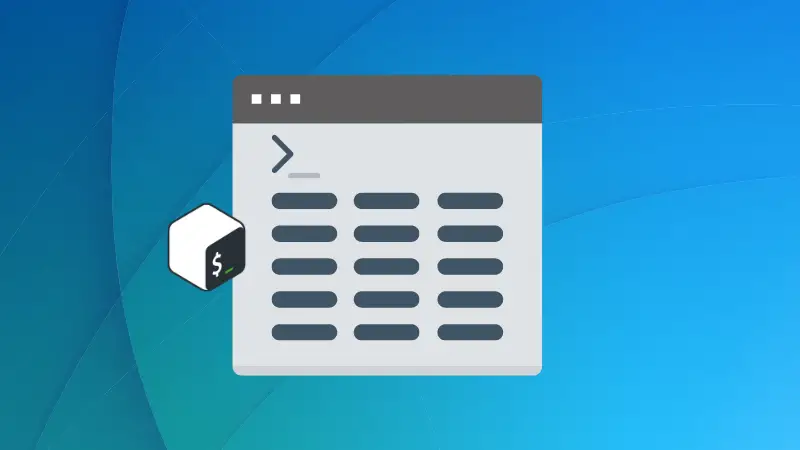
Sort by Column in Bash
Learn various examples of sorting data by columns in bash scripts and Linux command line.
· Sagar Sharma

Find All Symbolic Links in Linux
Looking for all the soft links on your Linux system? Here are a couple of methods to find symbolic links.
· Sagar Sharma

netstat Command Examples
Netstat is one of the most common networking commands in Linux. Learn some useful examples of netstat in this tutorial.
· Sagar Sharma
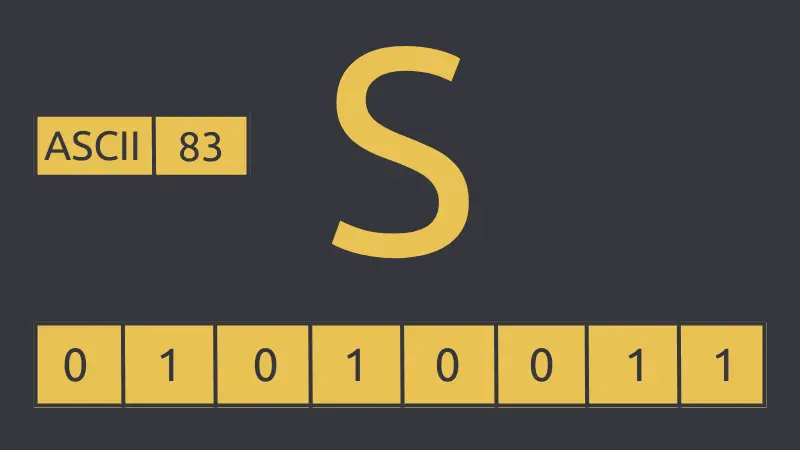
Understanding the ASCII Table
Learn the history of ASCII, character encoding and the ASCII table. Basically everything important associated with ASCII.
· Sagar Sharma

Using gunzip Command in Linux
Learn to use the gunzip command in Linux with these practical examples.
· Sagar Sharma

What is /dev/null in Linux?
/dev/null is the blackhole equivalent of Linux systems. What is it and why it used?
· Sagar Sharma
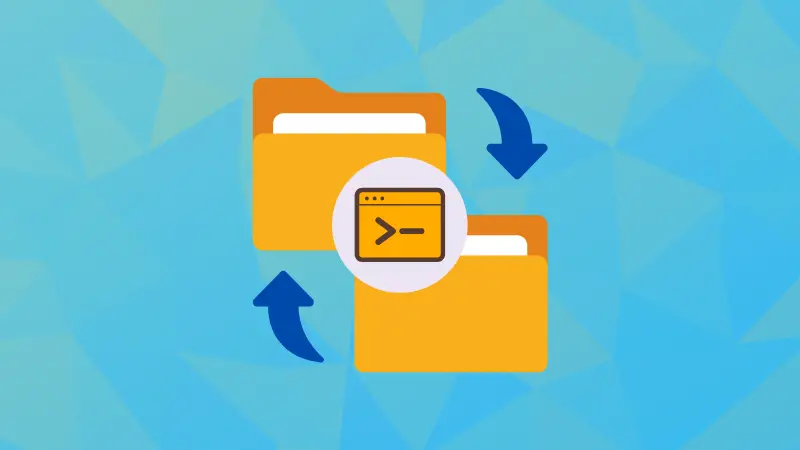
Compare Two Directories in the Linux Command Line
Want to see how the content of the two directories differs? Use the diff command and see what files are identical or different.
· Sagar Sharma